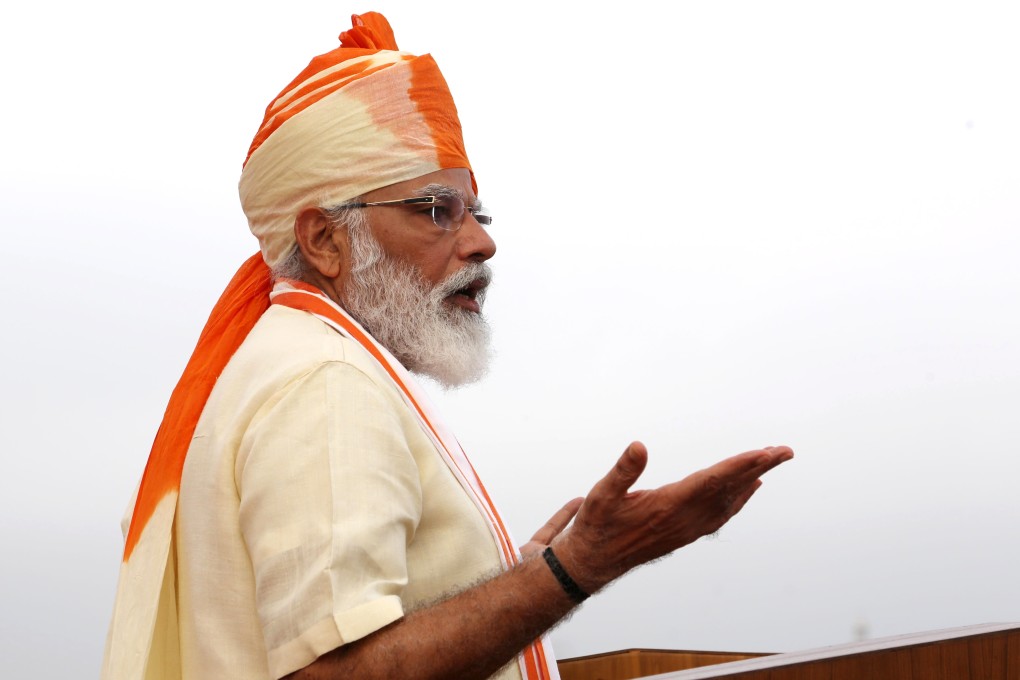Editorial | Wiser for Modi to put every effort into easing tensions with China
- Boosting funding for competing infrastructure along the contested border with China and increasing troop numbers to protect such installations runs the risk of derailing India’s socio-economic progress

New Delhi has also increased the pressure by sanctioning Chinese firms and investments, and banning apps considered to pose security risks. All the while, it is mulling whether to succumb to overtures from United States President Donald Trump’s administration to join its fight to weaken Beijing.
The destination and timing of Wang’s trip were chosen with symbolism and impact in mind. Much of the unmarked 3,500km border between China and India lies in Tibet, and Modi, who heads a nationalist government, was bound to raise sovereignty in his speech. Wang is China’s special representative to the boundary talks and is only too aware of the need for security and stability in the region.
But boosting funding for competing road, bridge and rail infrastructure along the contested boundary, increasing troop numbers to protect such installations and bowing to Washington’s pressure do not amount to a sound strategy. New Delhi does not have the resources and Trump’s anti-China policy is firmly grounded in opportunism, while the US does not have a strong record of loyalty towards India.
